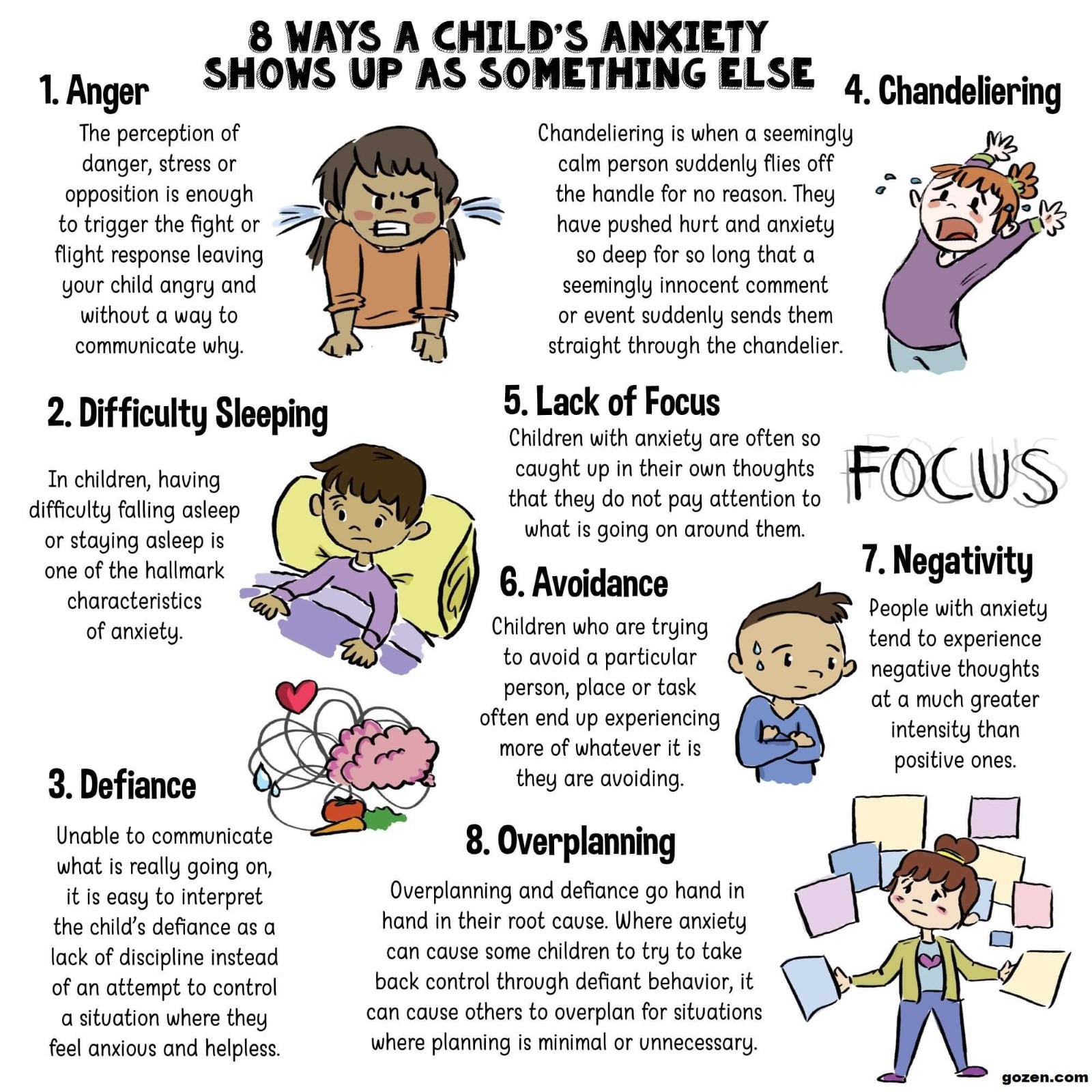I have lived with anxiety since I was about 6 years old. In my teaching days, I rubber stamped anyone who wanted to go to the counselor’s office during my class. As someone who also lives with anxiety, I felt it wasn’t up to me to decide whether or not the student needed a break, or time with a counselor, and wanted to provide space for them. Unfortunately, I also excused children from class assignments along with class time, to “support” them. I know better now.
By not holding students accountable to their schoolwork, I was enabling students, when I should have been empowering them with coping strategies. As education professionals, we absolutely want to support students, and provide the chance for them to collect themselves. But all students – even those who live with anxiety – still need to be held accountable to their learning. Helping students manage anxiety comes with understanding the symptoms and behaviors of anxiety, and using balance, flexibility, and patience to hold students accountable.
To begin, see the below graphic from Gozen for symptoms to identify anxiety:

When anxiety symptoms begin to show themselves, you can be proactive using the following three strategies to provide students with what they need, while maintaining classroom expectations.
Take 10
Note: This is a strategy that should be described and taught to the entire class prior to any student need.
My son’s 4th grade teacher schedules 10 minutes per student per week (at a time when you can have others reliably do group or independent work) to check in with each student, one-on-one. It’s a great opportunity to determine how that student is and what they need, and provide a brief distraction for the student to allow the brain to get back on track.
I’ve found that just that little bit of time is impactful in my son’s mood and anxiety. His teacher talks through his questions and concerns, and he leaves the meeting feeling heard and understood, with clear expectations for moving forward.
Take a break, jump back in
Students should be encouraged to take a break if they are beginning to feel signs of anxiety. The key, though, is to jump back into the situation once they’ve taken a break, or the strategy only enables the anxiety (see above in how I allowed free reign). The break serves as a temporary distraction to allow your brain to regroup and function in an organized and efficient manner.
When you have identified a student living with anxiety, take time to meet with her/him to determine a plan. The student can:
- Leave the room
- Go to a calm down space for a specific time
- Get up and move for 5-10 minutes
- Grab a drink in the lounge or hallway
- Listen to music for a moment
They must agree to come back to class after that specific time. Here’s an example:
Jenny lives with anxiety, and she knows that her music calms her down. She and her teacher have a hand signal when she needs to leave the situation, so she leaves for 5 minutes to listen to her music. She knows that she must return to class after 5 minutes, but if she doesn’t, her teacher will expect that her work will be completed during free or choice time.
Adjust assignments with accountability
Students with anxiety often feel overwhelmed with the amount of work or deadlines for which they are responsible. You might consider adjusting deadlines and chunking expectations, if possible, to make the workload appear less daunting. For instance, if a student is to write a paper, break it down to an outline, then an intro, first paragraph, etc. If a student is to create a project in a group, offer the opportunity to work alone (or vice versa). This also goes for late work: chunking assignments together in manageable and non-intimidating bites can lessen the strength of overwhelming feelings. Check out Understood.org to learn more about accommodations for students with anxiety.
There’s a long way to go before the stigma of anxiety is erased, but through front-loading and applying these strategies directly, you can make a difference for a student who is suffering. I wish my teachers had known to do this!







